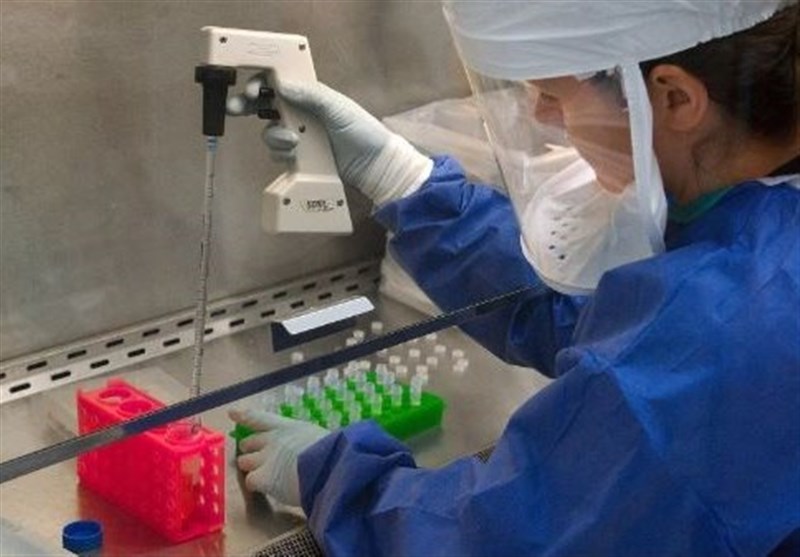Scientists Propose Using Glycine as Component in Medical Electronics: Report
TEHRAN (Tasnim) – An international group of scientists based in Russia’s National Research University of Electronic Technology (MIET) have managed to promote glycine crystals' piezoelectric effect - where an electric charge is produced by applying pressure.
The piezoelectric "response" is more efficient in glycine than in regular crystals, researchers stated.
The enhancement was made possible through the mechanical polishing modification of this amino acid. The scientists explained that the work done is essential to generate small biocompatible electromechanical equipment.
Developing micro and nanoscale electrical equipment compatible with the human body is a major advance in high-tech medicine.
For example, studies have indciated that cell-targeted electrical stimulation accelerates wound healing. Also, integrating electrical elements into different implants ameliorates their manageability, Sputnik reported.
The researchers indicated that today, manufacturers use polymers and biocomposites that are similar to human tissue when working on such electronics.
However, it is the materials that are made of compounds largely present in the human body that are the closest to our biology.
Glycine is an example of such a substance - it is a basic amino acid that works as a neurotransmitter in the central nervous system and is present in many proteins. When in a solid state, the compound takes a crystal form with various internal structures. Some crystalline solids show a piezoelectric effect. Experts added that charged particles can move at higher temperatures - a phenomenon known as ferroelectricity.






